Gaming Setup Worth It: Gaming is a popular yet potentially expensive hobby. It involves a collection of hardware and software, including a gaming PC, monitor, keyboard, mouse, headset, and accessories, all designed to enhance your gaming experience. Invest wisely for a fulfilling and immersive gaming journey.
But how much does a gaming setup cost, and is it worth the investment? In this blog post, we will explore the benefits and costs of a gaming setup, and help you decide if it is right for you.
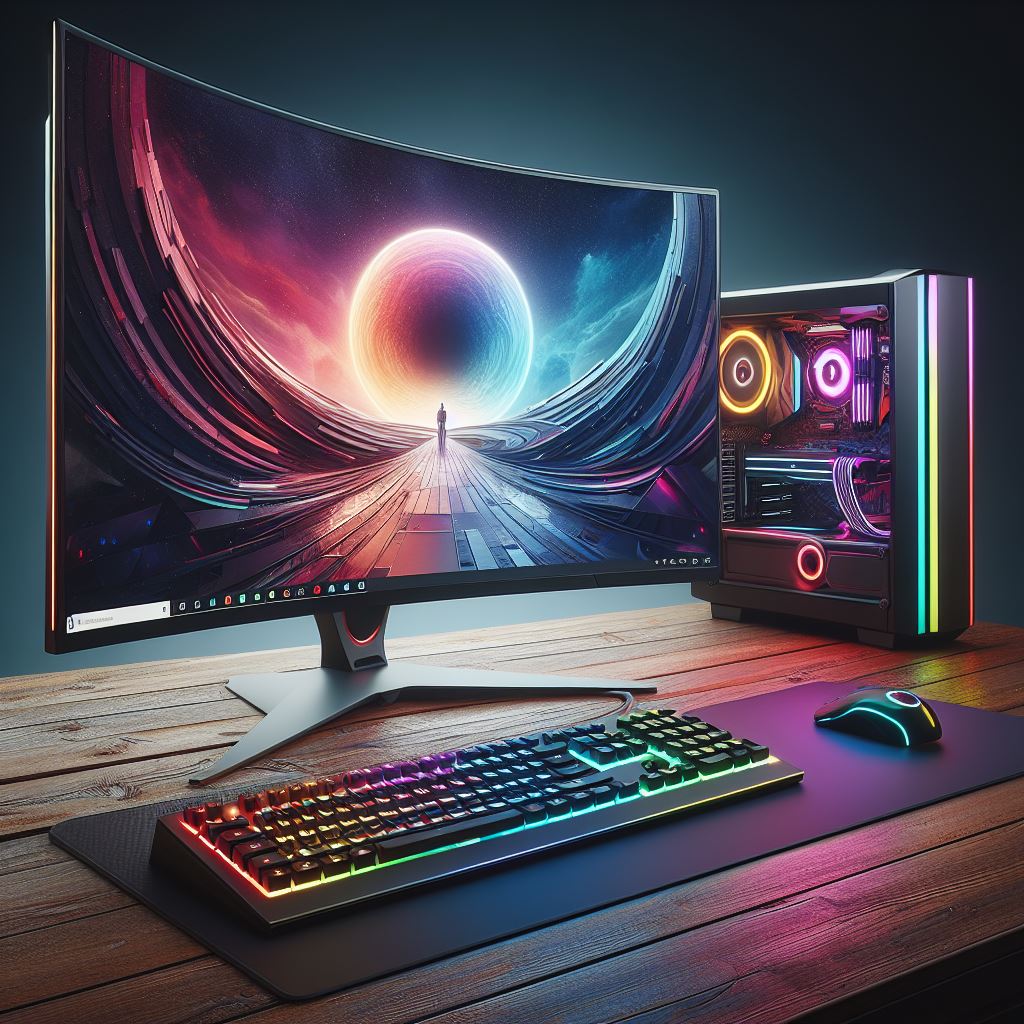
Benefits of a Gaming Setup
A gaming setup is a collection of hardware and software that enhances your gaming experience, such as a gaming PC, a monitor, a keyboard, a mouse, a headset, and other accessories. Some of the benefits of a gaming setup are:
Performance Makes Gaming Setup Worth It:
A gaming setup can improve your gaming performance by providing faster processing, smoother graphics, higher frame rates, and lower latency.
This can give you an edge over your opponents, or simply make your games more enjoyable and immersive.
Comfort Makes Gaming Setup Worth It:
A gaming setup can also improve your comfort and health by providing ergonomic and adjustable equipment, such as a gaming chair, a gaming desk, a gaming keyboard, and a gaming mouse.
These can help you maintain a good posture, prevent strain and fatigue, and reduce the risk of injuries such as carpal tunnel syndrome.
Motivation Makes Gaming Setup Worth It:
A gaming setup can also boost your motivation and mood by creating a personalized and aesthetic environment for your gaming.
You can customize your gaming setup to reflect your personality and preferences, such as choosing your favorite colors, themes, lighting, and sound effects.
You can also display your achievements and trophies, such as medals, badges, or figurines, to inspire yourself and impress others.
Customization Makes Gaming Setup Worth It:
A gaming setup allows you to customize your gaming experience to your liking, by choosing the components, accessories, and software that suit your needs and preferences.
You can also modify, upgrade, or replace your gaming setup as you wish, to keep up with the latest games and technologies.
Entertainment Makes Gaming Setup Worth It:
A gaming setup can also provide you with a variety of entertainment options, besides gaming.
You can use your gaming setup to watch movies, listen to music, browse the web, stream content, or chat with friends.
You can also use your gaming setup to create content, such as videos, podcasts, or blogs, and share them with your online community.
Learning Makes Gaming Setup Worth It:
A gaming setup can also help you learn new skills and knowledge, both related and unrelated to gaming.
You can learn how to build, maintain, and troubleshoot your gaming setup, which can improve your technical and problem-solving abilities.
You can also learn from the games you play, which can enhance your cognitive, social, and emotional skills.
You can also use your gaming setup to access educational resources, such as online courses, tutorials, or books, and expand your horizons.
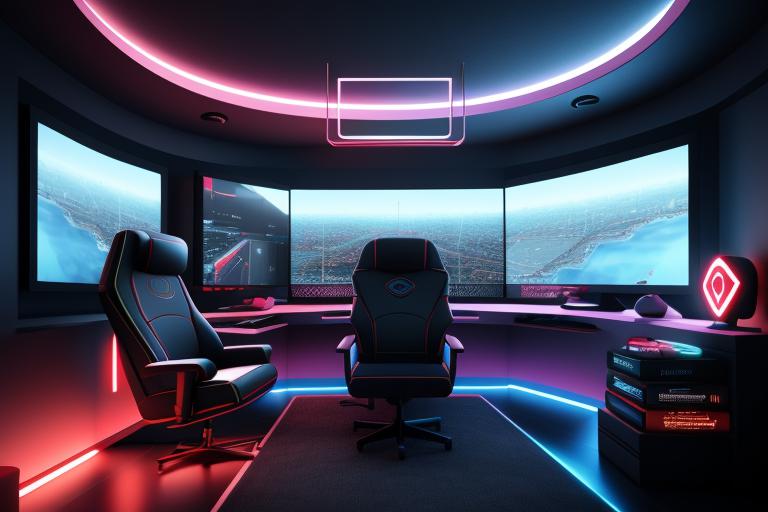
Gaming Setup Worth It: Costs of a Gaming Setup
A gaming setup can also have some costs, such as:
Money:
A gaming setup can be quite expensive, depending on the quality and quantity of the components you choose.
A gaming PC can cost anywhere from $500 to $3000 or more, depending on the hardware you install.
A gaming monitor can cost between $100 and $1000 or more, depending on the size, resolution, refresh rate, and features you want.
A gaming keyboard can cost between $50 and $200 or more, depending on the type, layout, switches, and backlighting you prefer.
A gaming mouse can cost between $20 and $100 or more, depending on the shape, size, weight, sensor, and buttons you need.
A gaming headset can cost between $30 and $300 or more, depending on the sound quality, noise cancellation, microphone, and comfort you desire.
A gaming chair can cost between $100 and $500 or more, depending on the design, material, cushioning, and adjustability you require.
A gaming desk can cost between $100 and $1000 or more, depending on the shape, size, material, and features you like.
Other accessories, such as speakers, webcams, controllers, or VR headsets, can also add to the cost of your gaming setup.
Space:
A gaming setup can also take up a lot of space in your room or house, especially if you have multiple monitors, a large desk, a bulky chair, or other peripherals.
You may need to rearrange your furniture, clear some clutter, or find a dedicated room for your gaming setup.
You may also need to consider the ventilation, lighting, and noise level of your gaming space, to ensure optimal gaming conditions.
Time:
A gaming setup can also consume a lot of your time, both in terms of setting it up and maintaining it.
You may need to research, compare, and purchase the best components for your gaming setup, as well as assemble, install, and configure them.
You may also need to update, upgrade, or replace your components regularly, to keep up with the latest games and technologies.
You may also need to clean, repair, or troubleshoot your components occasionally, to prevent dust, damage, or malfunction.
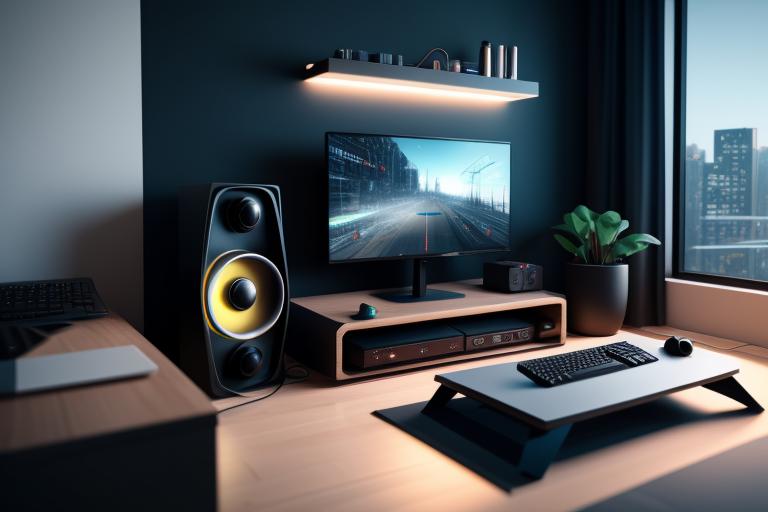
Gaming Setup Worth It: Tips for Maximizing Your Experience
If you have decided to get a Gaming Setup Worth It, or already have one, you may want to know some tips and tricks to optimize it and make it more enjoyable. Here are some suggestions:
Use a cable management system
to organize and hide your wires, cables, and power strips. This can make your gaming setup look neater, safer, and more professional.
You can use cable ties, clips, sleeves, trays, or boxes to bundle and conceal your cables behind your desk, monitor, or PC case.
You can also label your cables to easily identify them and avoid unplugging the wrong ones.
Adjust your monitor settings
to suit your preferences and the games you play. You can tweak the brightness, contrast, color temperature, sharpness, and other options to enhance your visual experience.
You can also use the built-in modes or presets that your monitor may have, such as gaming, movie, or eye-care modes. Alternatively, you can use software such as f.
lux or Windows Night Light to automatically adjust your monitor’s brightness and color according to the time of day.
Use performance-enhancing tools
to monitor and improve your gaming performance. You can use software such as Freeview, Afterburner, or GOG Galaxy 2 to track your FPS, CPU, GPU, RAM, and other metrics, as well as overclock, update, or optimize your components.
You can also use game launchers such as Steam, Epic Games, or Origin to access and manage your game library, settings, and updates.
Some games also have built-in tools or commands that can help you tweak your performance, such as the console or the Ini files.
Clean and maintain your gaming setup
regularly to prevent dust, dirt, and damage. You can use compressed air, microfiber cloths, and other cleaning tools to wipe your monitor, keyboard, mouse, headset, and other peripherals.
You can also open your PC case and clean the fans, heatsinks, and other parts carefully.
You should also check your components for any signs of wear and tear, and replace them if necessary.
You can also back up your data and files, and scan your system for any viruses or malware.
Alternatives to a Gaming Setup
If you are not ready or willing to invest in a gaming setup, you may want to consider some alternatives that can still offer a decent gaming experience, such as:
Gaming laptops:
Gaming laptops are portable, powerful, and convenient devices that can run most games smoothly.
They also come with built-in keyboards, touchpads, speakers, and webcams, so you don’t need to buy extra peripherals.
However, gaming laptops can be expensive, heavy, and noisy, and they may have limited battery life, upgradeability, and cooling.
Gaming consoles:
Gaming consoles are dedicated gaming machines that can connect to your TV or monitor and play games with a controller.
They are easy to set up, use, and update, and they have exclusive games, online services, and communities.
However, gaming consoles can be less powerful, versatile, and customizable than gaming PCs, and they may have higher game prices, subscription fees, and accessory costs.
Cloud gaming services:
Cloud gaming services are online platforms that allow you to stream games from remote servers to your device, such as a PC, laptop, tablet, or smartphone.
You don’t need to buy or install any hardware or software, and you can access a large library of games for a monthly or yearly fee.
However, cloud gaming services can have issues with latency, quality, availability, and compatibility, and they may require a fast and stable internet connection.
Gaming PC Desktop – Intel Core i5 12400F 2.5 GHz, NVIDIA RTX 3060, 1TB NVME SSD, 16GB DDR4 RAM 3200, 650W PSU, Bluetooth, Wi-Fi 6, Windows 11 Home 64-bit
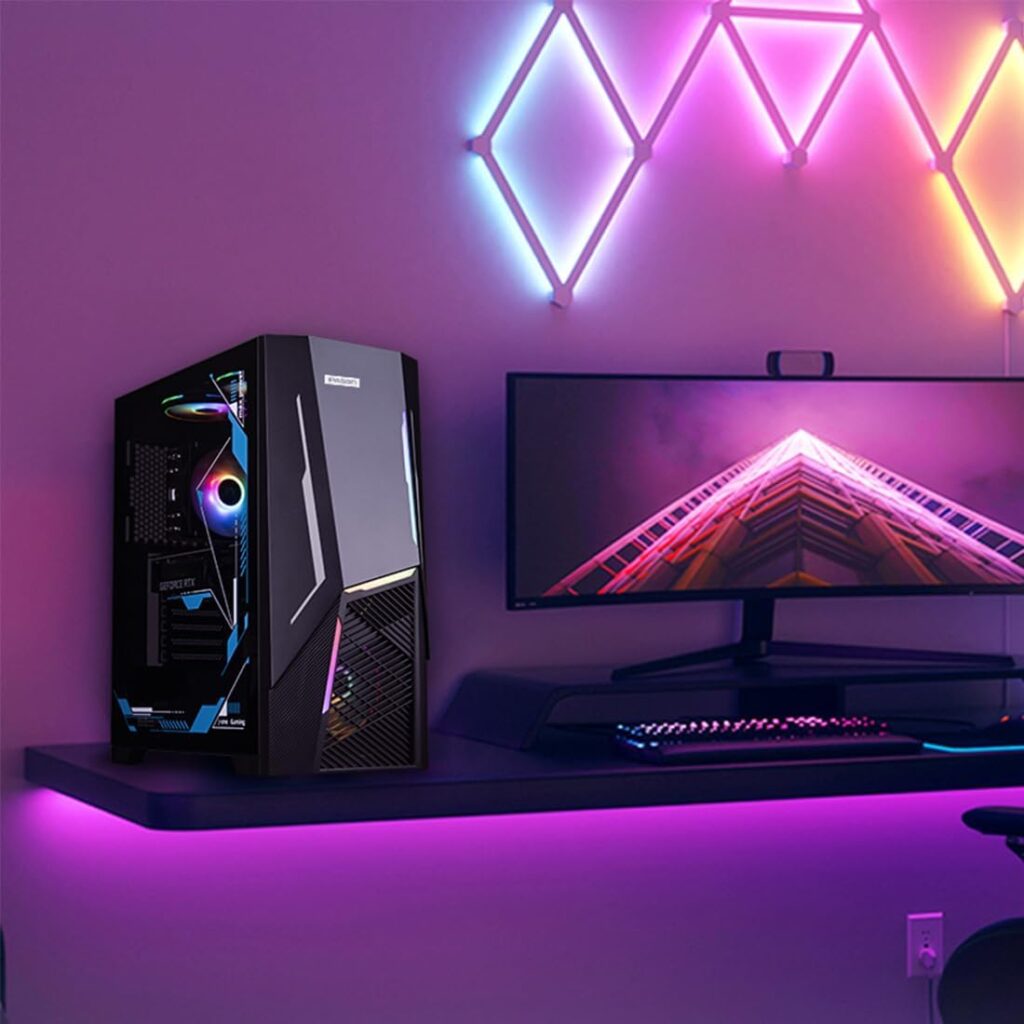
How to Build Your Own Gaming Setup
If you are feeling adventurous and confident, you may want to build your own gaming setup from scratch, rather than buying pre-built or pre-configured systems or components.
This way, you can customize every aspect of your gaming setup, and get the best performance and value for your money.
However, building your own gaming setup can also be challenging, time-consuming, and risky, so you need to be prepared and careful. Here are some steps you can follow to build your own gaming setup:
Plan your budget and goals:
Before you start buying or assembling anything, you need to have a clear idea of how much you can afford to spend, and what kind of gaming experience you want to achieve.
You can use online tools, such as PCPartPicker, to estimate the cost and compatibility of your desired components, and compare different options and alternatives.
Choose your components:
Based on your budget and goals, you need to select the best components for your gaming setup, such as the CPU, GPU, motherboard, RAM, storage, PSU, case, cooling, and peripherals.
You can use online guides, reviews, and recommendations, such as the ones mentioned above, to help you make informed decisions and find the best deals.
Assemble your gaming PC:
Once you have all your components, you need to assemble your gaming PC carefully and correctly.
You can use online tutorials, videos, or manuals, to guide you through the process, and make sure you have the right tools, such as a screwdriver, an anti-static wrist strap, and some cable ties.
You also need to install the operating system, drivers, and updates for your gaming PC, and test its functionality and performance.
Set up your gaming space:
After you have built your gaming PC, you need to set up your gaming space, where you will place your monitor, keyboard, mouse, headset, and other peripherals.
You need to consider the ergonomics, aesthetics, and comfort of your gaming space, and adjust the height, angle, distance, and lighting of your equipment.
You also need to manage your cables, wires, and power strips, and use a cable management system to keep them organized and hidden.
Conclusion
A gaming setup can be a worthwhile investment for gamers who want to enhance their gaming experience, performance, comfort, and motivation.
However, a gaming setup can also have some drawbacks, such as high costs, space requirements, and time consumption. Therefore, you should carefully weigh the pros and cons of a gaming setup, and decide based on your budget, preferences, and needs.
You can also start with a simple and affordable gaming setup, and gradually improve it over time, as your gaming skills and interests grow. Ultimately, the best gaming setup is the one that suits you and makes you happy. Happy gaming!

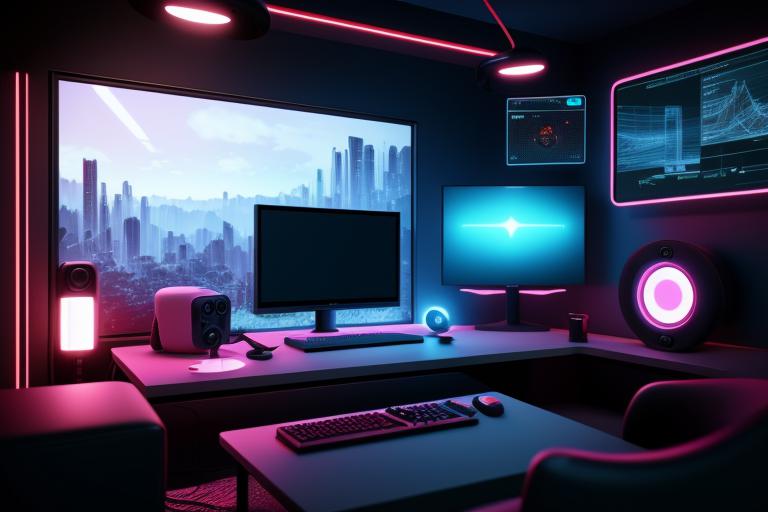



Pingback: Gaming PC in 2024: How Much Should You Spend on it?
Pingback: Best Cars for Each Class in NFS Payback - NextGamerHub